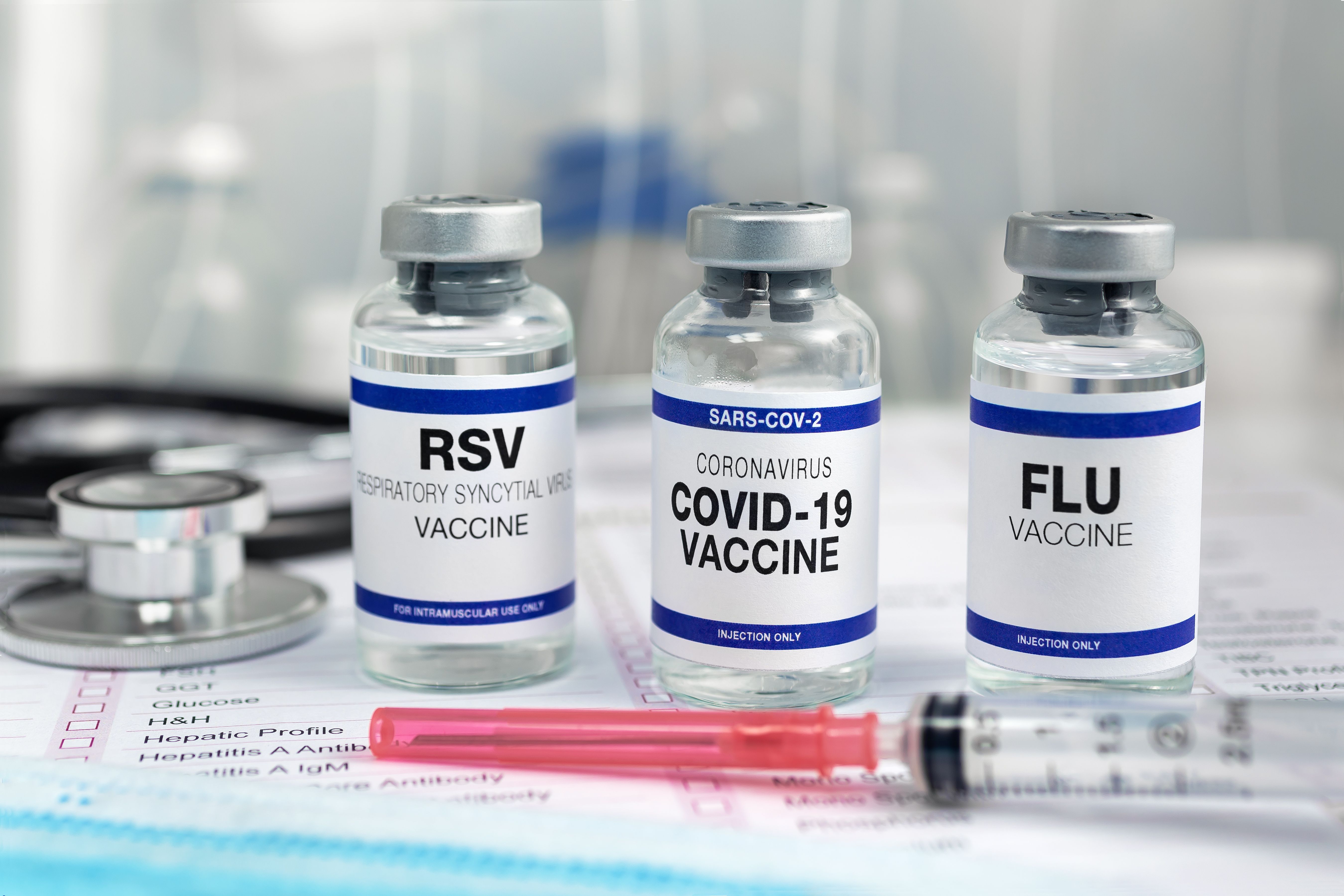Article
Disabled Americans Need Better Nutrition
Author(s):
A comprehensive, policy-driven approach to decreasing food access disparities is needed to improve disabled Americans' diets.
Up to 25% of adults in the United States may have 1 or more disabilities, representing a large minority population that faces significant physical, mental, and financial challenges.
Noting that access to healthy food remains a concern for those with disabilities, researchers from the University of Illinois recently published a study in the online version of the Journal of Human Nutrition and Dietetics which indicates that disabled individuals need targeted nutrition education and financial assistance to bolster their diets.
Using data generated from the 2007—2008 and 2009–2010 waves of the National Health and Nutrition Examination Survey, the researchers identified US adults in 5 disability categories that were not mutually exclusive:
- Activities of daily living (ADLs) (25%)
- Instrumental activities of daily living (13.3%)
- Leisure and social activities (9.9%)
- Lower extremity mobility (9.9%), and
- General physical activities (9.2%).
Within those categories, the researchers examined nutrient intake from food and dietary supplements. They also compared adherence to dietary reference intakes and dietary guideline recommendations between those with and without disabilities, as well as among disability categories.
According to the study authors, only calcium intake came close to recommended levels, with >90% of adults consuming a sufficient amount, which was moderately improved with calcium supplement use. Approximately 64% did not consume enough fiber, and less than half consumed the recommended levels of saturated fat and cholesterol, generally eating more saturated fat than what is considered healthy.
Additionally, approximately half consumed too little vitamin A and D, while <10% consumed enough vitamin C. Participants’ diets also did not meet recommendations for iron, sodium, and potassium, which are abundant in fresh fruits and vegetables. Similar to calcium supplementation, dietary supplement use moderately improved vitamin C and vitamin D levels.
Participants with ADLs were least likely to meet recommended levels, which the study authors attributed to their difficulties with grocery shopping. As a result, the researchers concluded that a comprehensive, policy-driven approach to decreasing food access disparities is needed to improve disabled Americans’ diets.
“Policymakers and activists for the disabled traditionally have focused primarily on improving transportation options and the physical accessibility of buildings, roads, paths and parking lots,” said lead study author Ruopeng An in a press release. “Now it's time for them to turn their attention to the nutritional challenges that confront people with disabilities.”





